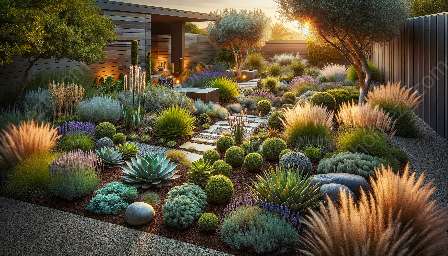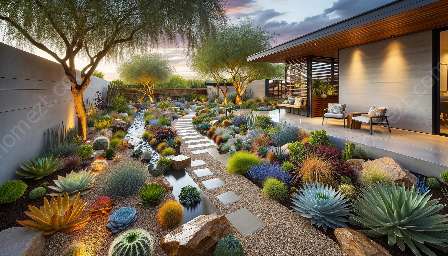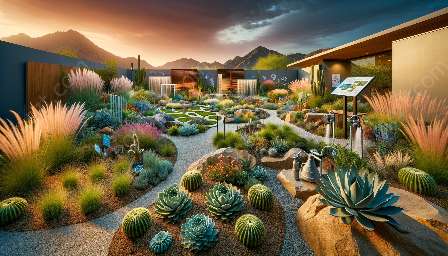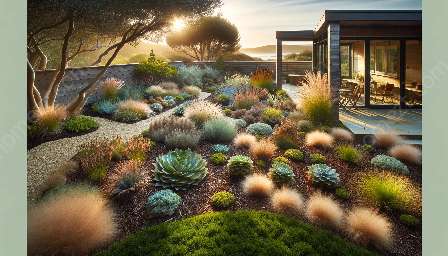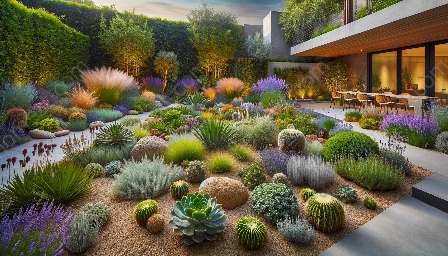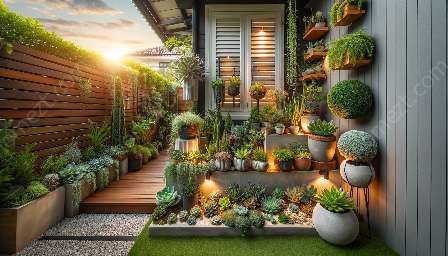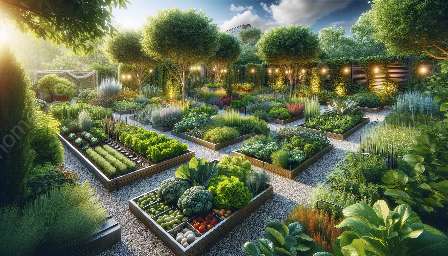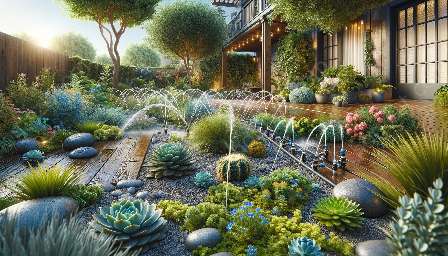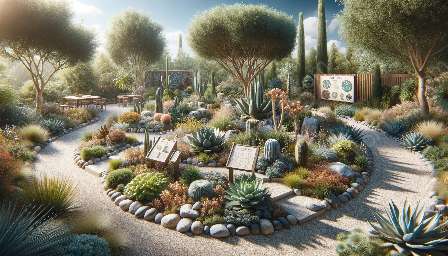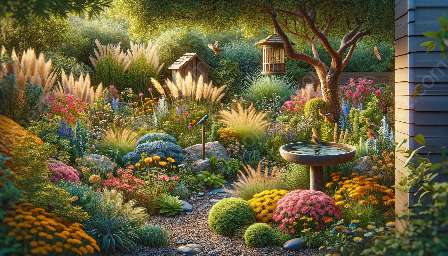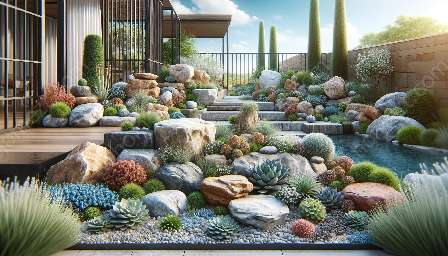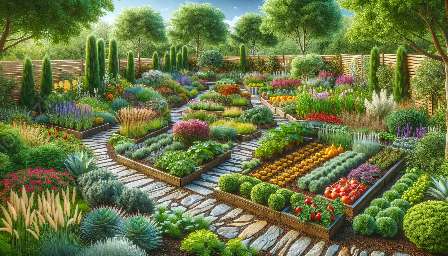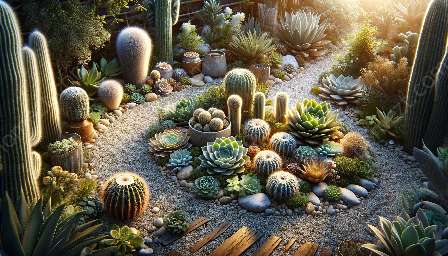In regions with limited water resources, gardening and landscaping with drought-tolerant plants has become essential for creating sustainable and visually appealing outdoor spaces. Xeriscaping, a landscaping technique that focuses on water conservation and using drought-resistant plants, is gaining popularity due to its environmentally friendly and cost-effective nature. By choosing the right drought-tolerant plants, you can create a beautiful garden that thrives even in arid climates, conserving water and reducing maintenance efforts.
The Benefits of Drought-Tolerant Plants
Drought-tolerant plants offer a range of benefits for both the environment and gardeners. Some of the key benefits include:
- Water Conservation: Drought-tolerant plants require minimal irrigation, reducing water usage and promoting sustainable gardening practices.
- Low Maintenance: Once established, these plants often require less maintenance, saving time and effort for the gardener.
- Adaptability: Drought-tolerant plants are well-suited for climates with limited water supply, making them ideal for xeriscaping and landscaping in arid regions.
- Visual Appeal: Many drought-tolerant plants offer stunning foliage, textures, and flowers, enhancing the aesthetic appeal of the garden.
Key Considerations for Choosing Drought-Tolerant Plants
When selecting drought-tolerant plants for xeriscaping and landscaping projects, it's important to consider the following factors:
- Climate: Assess the specific climate and environmental conditions in your area to choose plants that are well-adapted to local weather patterns and soil types.
- Water Needs: Look for plants that have low water requirements and can thrive in dry conditions without constant irrigation.
- Soil Compatibility: Consider the soil quality and drainage in your garden to ensure that the chosen plants can thrive in the existing soil conditions.
- Native Species: Prioritize native drought-tolerant plants, as they are naturally adapted to the local ecosystem and require minimal intervention.
Incorporating Drought-Tolerant Plants into Xeriscaping
Integrating drought-tolerant plants into a xeriscape design involves careful planning and consideration of plant placement, water usage, and overall visual impact. Here are some tips for effectively incorporating drought-tolerant plants into your xeriscaping projects:
- Grouping and Layering: Arrange drought-tolerant plants in clusters or layers based on their water needs and growth habits to create visually appealing and sustainable garden designs.
- Efficient Irrigation: Use efficient irrigation methods such as drip irrigation or soaker hoses to provide targeted water to specific plant zones, minimizing wastage and promoting plant health.
- Mulching: Apply mulch around the base of drought-tolerant plants to conserve soil moisture, suppress weeds, and maintain a consistent soil temperature.
Popular Drought-Tolerant Plant Choices
There is a wide variety of drought-tolerant plants suitable for xeriscaping and landscaping. Some popular choices include:
Succulents: These water-retaining plants come in various shapes, sizes, and colors, making them versatile and visually appealing in garden designs.Lavender: Known for its fragrant blooms and aromatic foliage, lavender thrives in dry, sunny conditions, attracting pollinators and adding beauty to the garden.Yucca: With its striking architectural form and low water requirements, yucca is a resilient choice for xeriscaping and landscaping projects.Conclusion
Choosing drought-tolerant plants for xeriscaping and landscaping offers numerous benefits, from water conservation and reduced maintenance to enhancing the visual appeal of outdoor spaces. By carefully selecting and incorporating drought-tolerant plants into your garden design, you can create a sustainable, low-maintenance, and beautiful landscape that thrives even in drought-prone regions.

